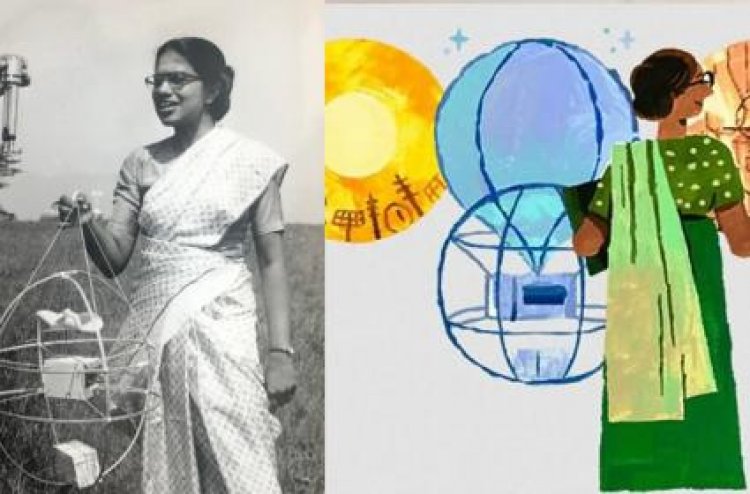Who was Anna Mani?

August 23 is celebrating the 104th birth anniversary of Indian physicist and meteorologist Anna Mani, who made significant contributions to the study of meteorology. She is also known as the 'weather woman of India'. His life's work and research made it possible for India to make accurate weather forecasts and laid the groundwork for the country to use renewable energy.
Anna Mani
Anna Mani was born on 23 August 1918 in Peerumet, Kerala. He graduated from Presidency College, Madras in 1939 with a B.Sc. Honors degree in Physics and Chemistry, and Nobel laureate C.V. Raman did research at the Indian Institute of Science.
Renowned Malayali physicist K.R. Ramanathan, who was a researcher there, also encouraged Anna's research activities. Between 1942 and 1945, he published five papers, earning his Ph.D. dissertation, and began a graduate program at Imperial College, London, where he specialized in meteorological instrumentation.
He began working for the India Meteorological Department upon his return to India in 1948, where he helped the country design and manufacture its own weather instruments. She excelled so much in this male-dominated field that by 1953 she became the head of the division. Under his leadership, more than 100 weather instrument designs were simplified and standardized for production.
Mani was also an early advocate of alternative energy sources. During the 1950s, he established a network of solar radiation monitoring stations and published several papers on sustainable energy measurement.
Mani later became the Deputy Director General of the India Meteorological Department, and held several key positions in the United Nations World Meteorological Organization. In 1987, he won the INSA KR Ramanathan Medal for Outstanding Contribution to Science.
After his retirement, he was appointed as a trustee of the Raman Research Institute in Bangalore. He died on 16 August 2001 in Thiruvananthapuram.







